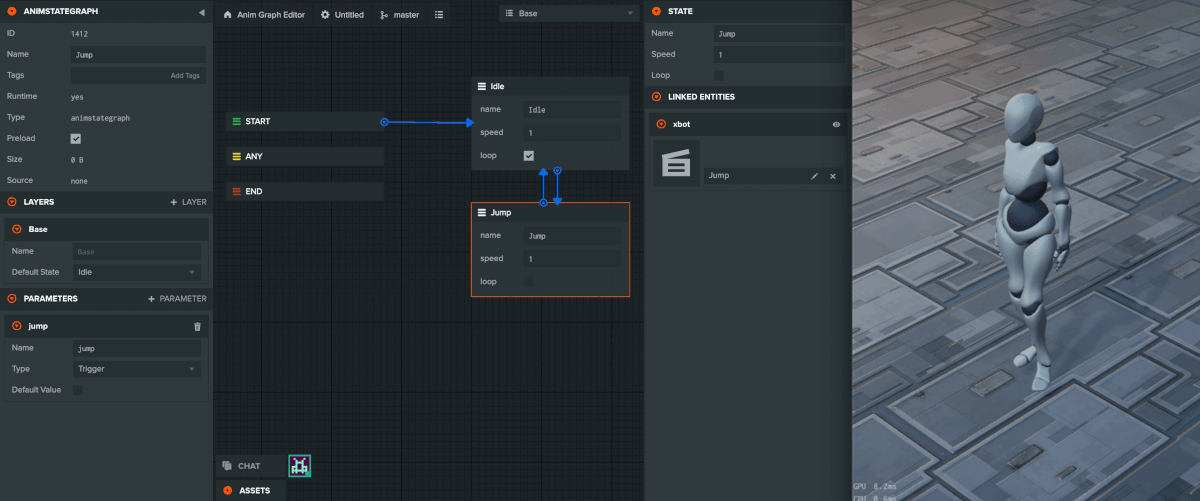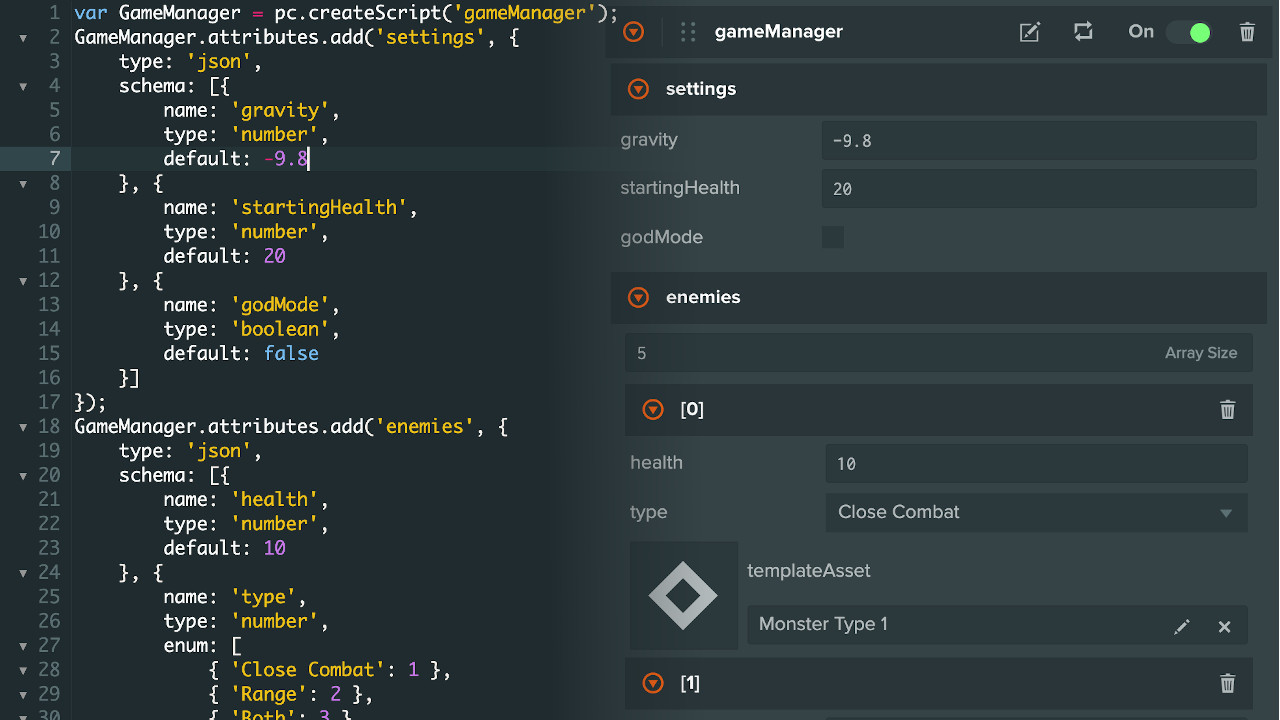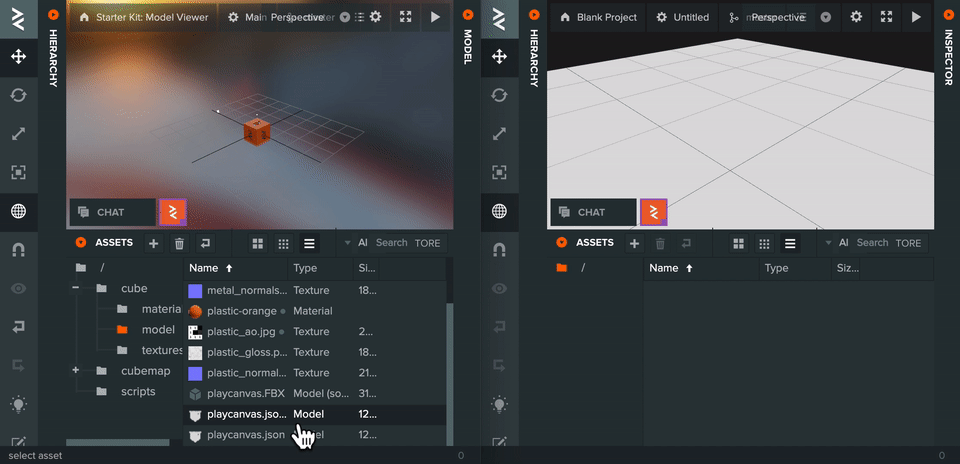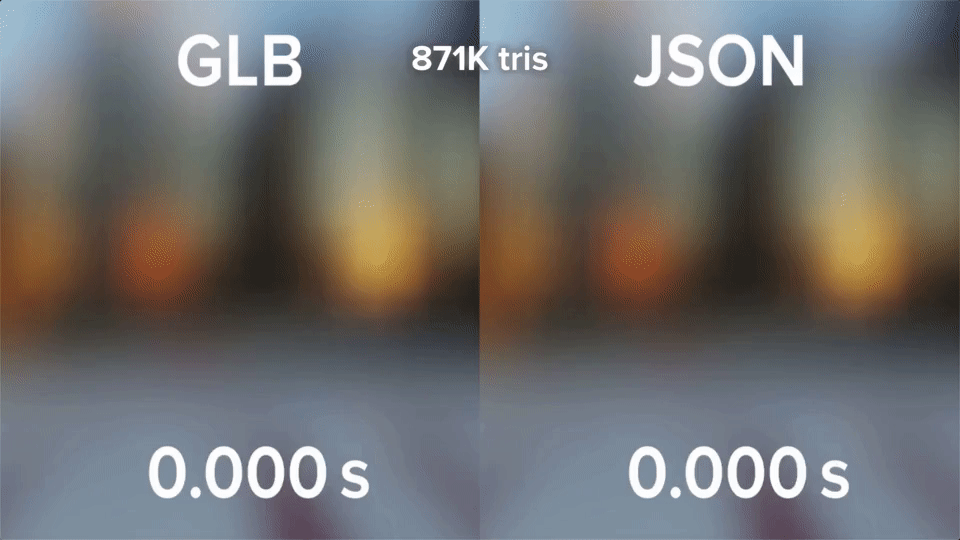Learn the PlayCanvas API with the Engine Examples Browser
PlayCanvas has a rich JavaScript API that allows you to build just about any type of interactive content imaginable - games, playable ads, product configurators, AR, VR and more! But learning a new API can be tough. Reading API reference documentation is all well and good, but many people prefer to learn by experimentation. And by examining the code of real world examples. This led the PlayCanvas team to build a new application: the Engine Examples Browser.







